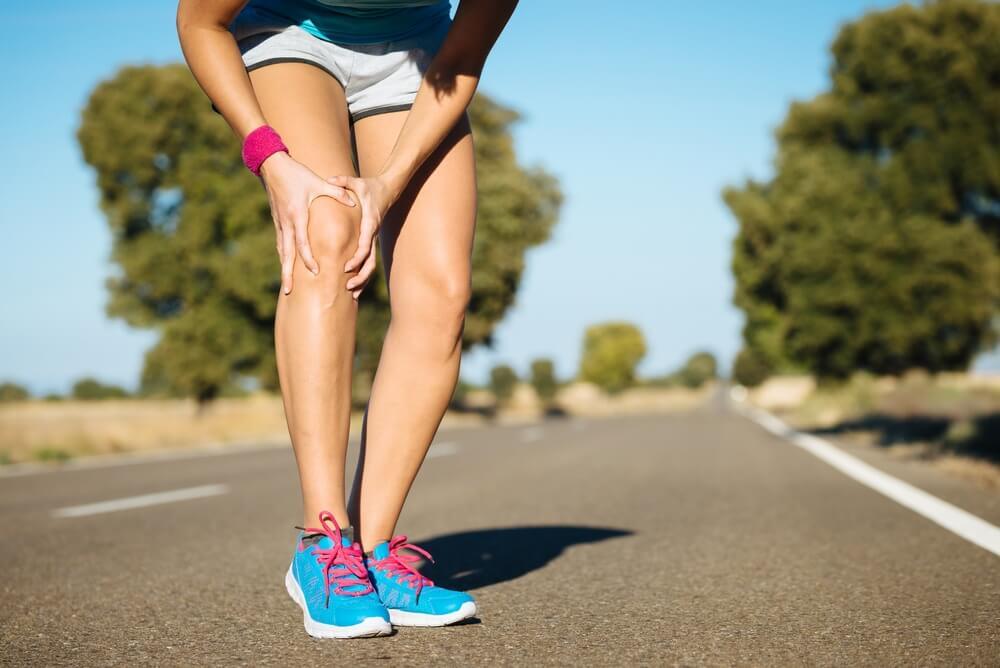- Thriving Guide
- Posts
- Recovering From Runner’s Knee
Recovering From Runner’s Knee
If pain around your kneecap is disrupting your daily routine, here’s what to know about managing and recovering from runner’s knee without surgery.

Whether you’re an experienced runner or just enjoy staying active, pain around the front of your knee can quickly derail your routine. Known as runner’s knee, or patellofemoral pain syndrome (PFPS), this condition accounts for up to 40% of all knee-related issues and can significantly affect movement even sitting for too long can hurt.
The good news? With rest, physical therapy, and targeted exercises, most people recover from runner’s knee within a few weeks no surgery required.
What Is Runner’s Knee?
Runner’s knee refers to pain behind or around the kneecap (patella), especially during activities that involve bending the knee, such as running, squatting, climbing stairs, or even sitting for extended periods. It often feels like a dull, aching pain and may be accompanied by stiffness, mild swelling, or a grinding sensation under the kneecap.
You’re more likely to experience runner’s knee if you:
Recently increased your physical activity
Have weak hip or thigh muscles
Run on uneven surfaces
Wear unsupportive footwear
Have kneecap misalignment or flat feet
How Long Does Recovery Take?
Most cases improve within 4–6 weeks with conservative care. However, recovery depends on individual factors like muscle strength, activity level, and how soon you start treatment. Ignoring the pain or pushing through high-impact activities can lead to long-term damage, including cartilage breakdown and kneecap arthritis.
Treatment Options for Acute or Severe Symptoms
1. Rest and Activity Modification
Stop aggravating activities like running, jumping, or squatting
Opt for low-impact movement (e.g., swimming or gentle cycling) during early recovery
Limit sitting for long periods with your knees bent
2. Pain Relief and Support
NSAIDs (like ibuprofen) can reduce inflammation and discomfort
Kinesiology tape or a knee brace may provide temporary stability
Foot orthotics may help if you have flat feet or overpronation
3. RICE Method for Flare-Ups
When symptoms flare, try the RICE method:
Rest the knee and avoid weight-bearing
Ice for 10–20 minutes several times a day
Compression with a soft brace or elastic bandage
Elevation to reduce swelling
The Power of Physical Therapy and Exercise
Targeted strengthening is the most effective long-term treatment for runner’s knee. In most cases, weak quadriceps and gluteal muscles contribute to poor kneecap tracking and knee strain.
A physical therapist can guide you through exercises like:
Straight-leg raises
Clamshells
Bridges
Wall sits
Hip abductions
Consistency is key most people see improvements within a few weeks of following a physical therapy program.
Is Surgery Ever Needed?
Surgical treatment is rare and only considered if conservative methods fail after several months. In such cases, imaging tests like MRI or X-rays may reveal issues like damaged cartilage or bone fragments.
Surgical options include:
Arthroscopic debridement: Removing damaged tissue under the kneecap
Lateral release: Loosening tight connective tissue pulling the kneecap out of place
Tibial tubercle transfer: Realigning the kneecap by repositioning the patellar tendon
These procedures are typically reserved for severe or structural cases that do not respond to rehab.
Walking With Runner’s Knee
Walking is generally safe especially at a slow pace and on flat ground but avoid downhill walking and high-speed strides, which may irritate the knee further. A soft brace can add support during daily activities.
Returning to Activity Safely
Once pain subsides, you can gradually reintroduce activity by following these steps:
Start with short durations at low intensity
Monitor your knee’s response afterward
If no pain returns, slowly increase activity
Continue strength training to maintain joint support
If pain returns, pause activity and reintroduce RICE treatment.
Final Takeaway
Runner’s knee is common but with early intervention and the right approach, it’s highly treatable. Rest, strengthen, and support your body during recovery. Most importantly, listen to your knees they’ll let you know when it’s time to push forward or slow down.
If this article helped you or someone you know manage knee pain, subscribe to our newsletter or share it with your running group.